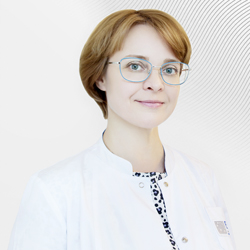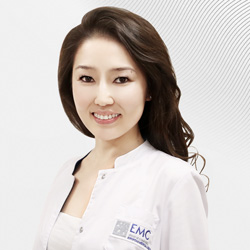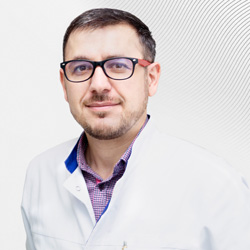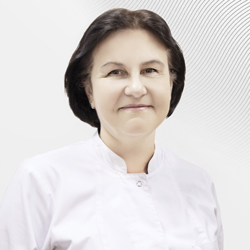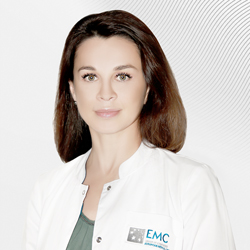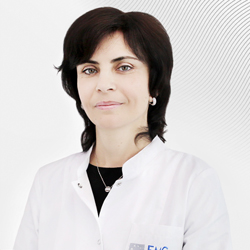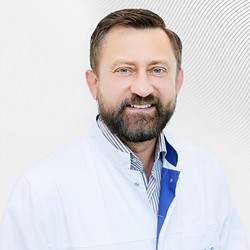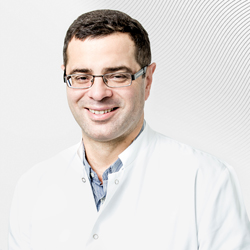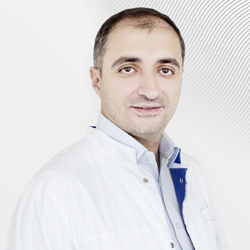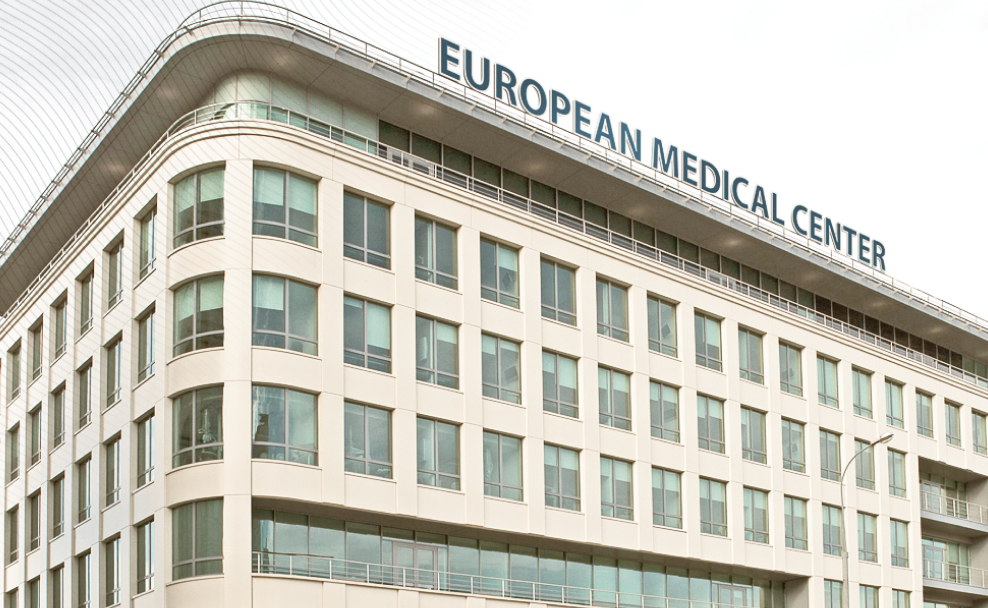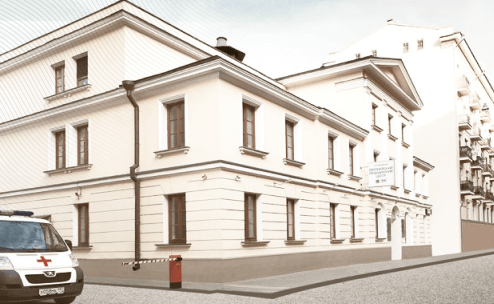Author: Tatiana Balashova,
otorhinolaryngologist, surgeon, M.D., Ph.D.
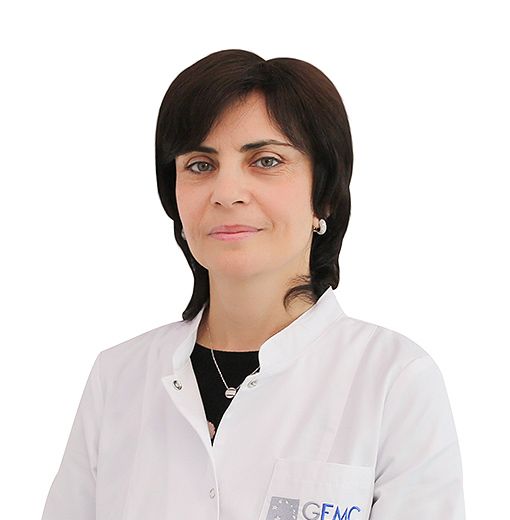
Dacryocystorhinostomy is a surgical techniq for treatment of tear outflow dsorders. It helps to normalize nasolacrimal canal functioning and to restore communication between the lacrimal sac and the nasal cavity.
Why the correct working of the lacrimal ducts is so important for eye health?
Lacrimal glands produce tears, which moistens the eye surface, providing adequate lght refraction on the front surface of the cornea, its perfect transparency, cleansing, nourishment and prevention of drying. At least 1 ml of tears distributed over the corneal surface is required for normal nourishment and washing of eye surface. When crying or in eye irritation up to 20-30 ml of tears can be secreted.
Tears secreated by lacrimal glands flow over the eyeball, then entering to the "lake" which is located in the inner corner of the eye. Visible lacrimal openings are located at this place as well that serve as an entrance of the ducts and runing into a special sac. Each lacrimal sac passes into the nasolacrimal duct which opens in the nasal cavity. Thus, the tear is evacuated into the nasal cavity via the nasolacrimal duct.
It is quite easy to find the lacrimal canal. It is presented as a small elastic structure in the inner corner of the eye at the junction with the nose.
Dacryocystitis
Dacryocystitis is an inflammation of the lacrimal sac resulting to its narrowing and obstruction.
Causes of dacryocystitis
Inflammatory processes in the nose or paranasal sinuses on the background of acute or chronic infections, traumatic injury, allergic diseases of eyes and nose, individual features of nasolacrimal duct structure (e.g., anatomical narrowing), lacrimal duct spasm.
Symptoms of dacryocystitis
- A swelling in the inner corner of the eye
- Pain when pressing on the inner corner of the eye
- Sometimes the appearance of thick discharge at the lacrimal points
- Constant tearing from the eye, but the tears do not get into the nasal cavity
- Redness and irritation of the conjunctiva.
Diagnosis and treatment of dacryocystitis, indications for surgery
With such symptoms, patients often visit an ophthalmologist. Ophthalmologist prescribes a conservative treatment including systemic and local anti-inflammatory, antibacterial drugs, antihistamines; local instrumental methods of treatment, e.g. lavage of the lacrimal passages, probing (nonsurgical expansion) of the lacrimal canal. If this therapy does not bring to the expected result, surgical treatment with the preceeding contrast computed tomography is to be considered.
Surgical method of treatment
The surgery - dacryocystorhinostomy - is carries out by an external or endoscopic access.
External access is rarely used and has some limitations: unsatisfactory cosmetic effect, long-term healing wounds, etc.
Microendoscopic endonasal dacryocystorhinostomy is less traumatic and less painful for the patient, can prevent the recurrence of the disease and does not result to visible scars. This surgery is performed by otolaryngologists together with the ophthalmologists. It is the least invasive and most effective, so in our clinic we use this method of surgical treatment.
At the first phase, ENT surgeon uncovers the lacrimal bone through the nostril on the affected side under video assistance (under control of endoscopes with required degree) and forms bone window with a size of about 1-1.5 cm. Then the probe is introduces through the lacrimal canaliculi to find the lacrimal sac and wide resection of its anferior wall is performed. Next, the permeability of the solution through the lacrimal canaliculi into the nasal cavity is checked, the lacrimal sac remains uncovered, and if necessary, the soft catheter is left in the nasolacrimal canal for 2-3 weeks.
The surgery is usually brings relief almost immediately and is well tolerated.
Preparing for surgery

To prepare for the surgery, the doctor will assign you a standard set of tests needed before surgery under general anesthesia. You will also need to undergo contrast computed tomography (CT) of the lacrimal ducts, consult an anesthesiologist, internist, and other specialists (defined during the examination) you should inform your treating doctor, anesthesiologist and internist about all the medicines you are taking constantely and the accompanying diseases.
Post-dacryocystorhinostomy rehabilitation
It is nessesery to wash the formed nasolacrimal canal for several days after surgery. Ophthalmologist and otolaryngologist monitor the patient during postoperative period.
Post-dacryocystorhinostomy effect
Microendoscopic endonasal dacryocystorhinostomy helps to eliminate the symptoms of dacryocystitis, to remove the source of infection in the lacrimal sac, to save the patient from watery eyes and prevent inflammatory diseases of the eyes in a minimally invasive (non-traumatic) way without any external defects.
Contraindications to dacryocystorhinostomy
Any diseases that do not allow surgical treatment in principle, as well as the child's age of less than 1.5 years old may be considered as contraindications.
Benefits of dacryocystorhinostomy at ЕМС
At EMC dacryocystorhinostomy is performed:
- under general anesthesia only,
- under the navigational control for maximum precision intervention,
- by two specialists – an ENT surgeon and ophthalmologist.
ENT surgeons at EMC carry out simultanious surgeries if it is nessesery to correct any disorders in nasal cavity (e.g., nasal passage narrowing or deviated nasal septum).
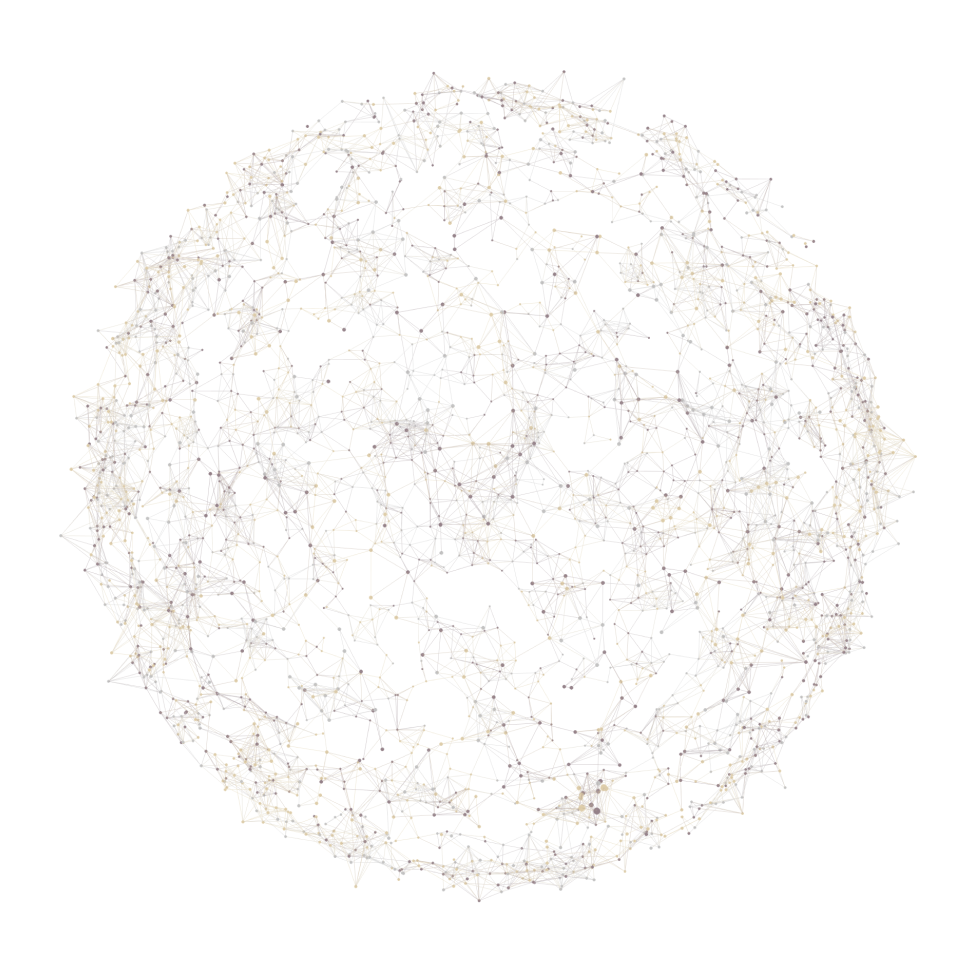
 Write to WhatsApp
Write to WhatsApp



